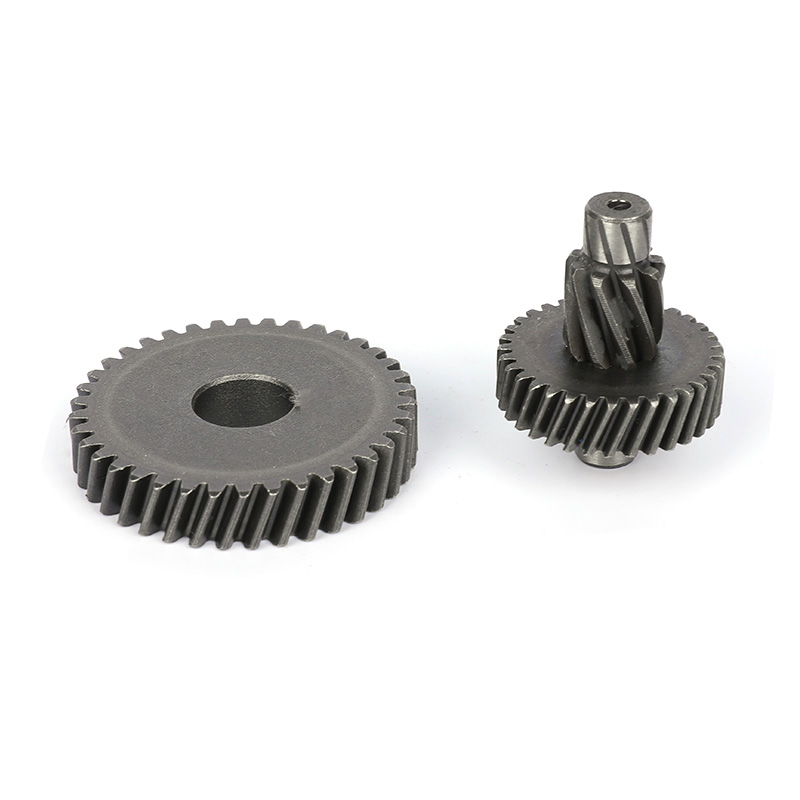- Home
- Products
- About Us
- Application
- News
- Contact Us
Web Menu
- Home
- Products
- About Us
- Application
- News
- Contact Us
Product Search
Exit Menu
How Do Gears Affect Torque and Efficiency in Tools?

Gears are essential components in many power tools, playing a significant role in controlling speed, torque, and overall efficiency. Understanding how gears influence these factors helps users select the right tool for a specific task and ensures the tool performs reliably. Gear design, material, and arrangement all impact how a power tool operates under different loads and conditions.
The Role of Gears in Power Tools
Gears in power tools serve to transfer motion and power from the motor to the working parts, such as drill bits, saw blades, or grinding discs. By changing the gear ratio, the tool can either increase torque or speed depending on the application. For example, a higher torque setting is useful for drilling through dense materials, while a higher speed is suitable for lighter tasks or finishing surfaces.
Torque and Gear Ratios
Torque refers to the rotational force applied by the tool, and gears are critical in adjusting it. A gear with a larger diameter or more teeth in relation to its counterpart will increase torque while reducing speed. Conversely, a smaller gear driving a larger one will increase speed but decrease torque. This balance allows power tools to perform efficiently across different tasks. Gear ratios are carefully designed by manufacturers to achieve the desired combination of torque and speed for each tool type.
Efficiency and Gear Design
The efficiency of a power tool is influenced by how effectively the gears transmit power from the motor to the output. Gear materials, tooth profile, and lubrication all affect this efficiency. High-quality gears reduce friction and wear, allowing more of the motor's energy to be converted into useful work. Poorly designed or worn gears, on the other hand, can cause energy loss, overheating, and reduced performance.
Material and Durability
Gears for power tools are typically made from hardened steel, brass, or reinforced plastic. Metal gears offer strength and longevity, making them suitable for heavy-duty applications, while plastic gears are lighter and reduce manufacturing costs but may wear faster under high loads. The choice of material affects not only durability but also how smoothly torque is transmitted. Agricultural, construction, or industrial power tools often rely on metal gears to handle demanding tasks without compromising efficiency.
Gear Arrangement and Function
The arrangement of gears—whether spur, bevel, or planetary—also affects torque and efficiency. Spur gears are simple and efficient for straightforward applications, bevel gears change the direction of rotation, and planetary gears provide compact designs with high torque output. Selecting the right gear type and configuration ensures the power tool operates efficiently while providing the necessary torque for its intended use.
Maintenance and Performance
Maintaining gears is crucial for consistent torque and efficiency. Regular lubrication prevents excessive friction, wear, and overheating. Checking for alignment issues or damaged teeth helps maintain smooth operation and reduces the risk of tool failure. Following the manufacturer's recommendations for gear maintenance ensures that the tool continues to perform reliably over time.
Gears for power tools play a central role in determining torque, speed, and efficiency. Properly designed gear ratios allow tools to handle a variety of tasks by balancing force and rotational speed. Material choice, gear type, arrangement, and maintenance all influence how effectively power is transmitted from the motor to the tool's working parts. By understanding these factors, users can select tools suited to their specific needs and ensure consistent performance, making gears a fundamental component in the functionality of any power tool.
-
Add: 1st Floor, No. 2, Huanan Road, Zhengcun, Economic Development Zone, Yongkang City, Zhejiang Province, China
-
Tel: +86-0579-87133113
-
E-mail: [email protected]

 English
English русский
русский Español
Español